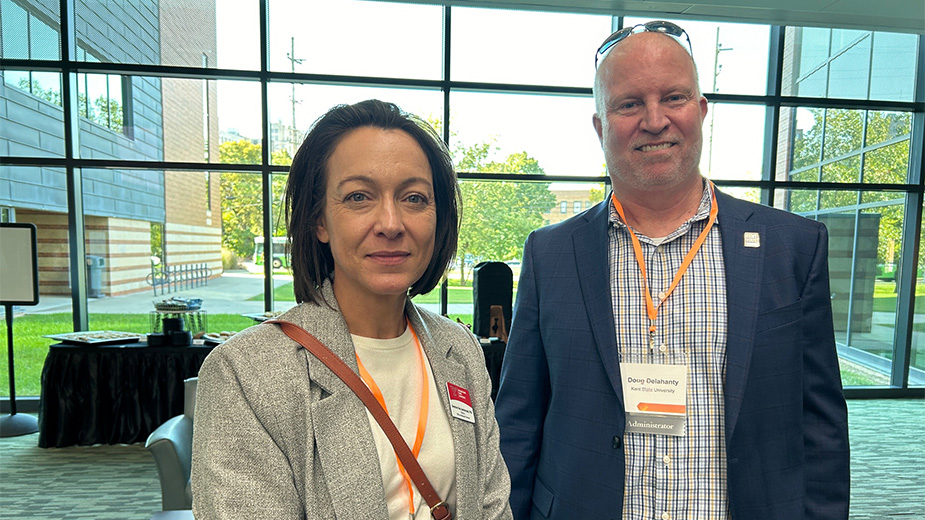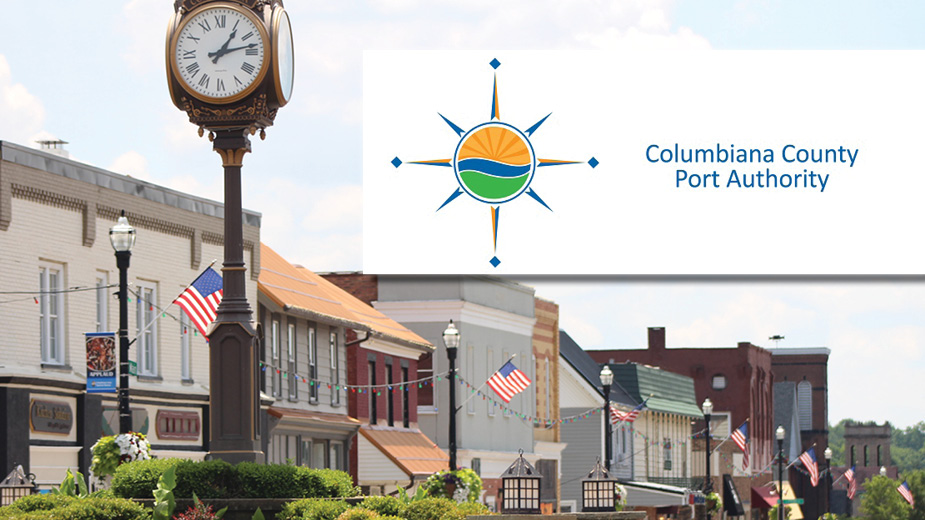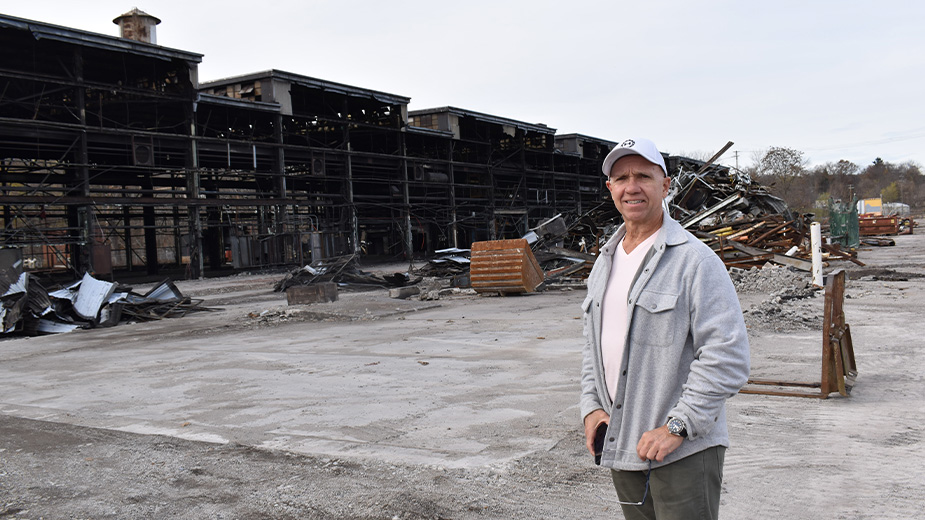Innovation Day at YSU Brings Industry, Academic Community Together
YOUNGSTOWN, Ohio – More than 150 academics, students and representatives of the public and private sectors in northeastern Ohio gathered at Youngstown State University on Friday to learn how they can better collaborate and build partnerships with regional industries.
It was all part of Innovation Day 2024, an initiative launched last year by the Northeast Ohio Public Universities Research Alliance, or NEO-PURA, a consortium composed of YSU, the University of Akron, Kent State University, Cleveland State University and Northeast Ohio Medical University.
“This is the second year for Innovation Day,” said Douglas Delahanty, vice president of research and economic development at Kent State. The first conference was held in 2023 at Kent and was met with such success that the organization opted to hold another – this time at YSU.
“It underscores what we can do as five institutions to really make a difference versus always trying to compete for different scraps individually,” Delahanty said.
As an example, he cites a grants-writing training program the consortium secured that otherwise would have been cost-prohibitive for a single university. “We can do these things together,” he said.
The all-day event featured speakers and workshop sessions that included “reverse pitch” presentations from regional industries seeking solutions to operational or efficiency issues; developing tech entrepreneurs; information on available resources to spur innovation; and a session on the I-Corps program.
Groups were later treated to a tour of the Youngstown Business Incubator, YSU’s Excellence Training Center and America Makes.
“The main thing this year was to focus on collaborating, networking and bringing people together from both industry and academics,” said Severine Van slambrouck, director of research services at YSU.
During a reverse pitch presentation, for example, Grace Sotlar, a product engineer at Brainard Rivet Company, Girard, put forth the issue of how the company could engage in employee training more efficiently without sacrificing productivity.
Maintaining steady production schedules can be difficult when there is so much training involved with newer employees, she said. The company has tried outside consultants, generic digital applications and online training modules.
These solutions could be expensive, Sotlar said. Plus, there is a lack of understanding with Brainard’s corporate culture since these services are produced outside of the company.
Instead, Sotlar thought it could be useful to engage the academic community on developing a workforce training solution through student engagement, research opportunities or other fresh ideas.
“It’s a great place to start for us and why we wanted to come here today,” she said.
These reverse pitch presentations allow the group to be more responsive to industry’s needs, Delahanty said. “Having industry to present to us – the idea of us listening and talking at the same time – helps us to better understand how we meet industry’s needs in a flexible manner,” he said. “Universities are not usually perceived in that way, and we’re trying to be responsive so we can really partner with industry more than we have.”
The group also has the opportunity to collectively secure funding for larger research projects, YSU’s Van slambrouck said. Among the goals is to engage in joint projects and joint proposals with members of NEO-PURA, in which each university could share its expertise in various disciplines.
In a general sense, for example, YSU has demonstrated its expertise in advanced manufacturing; Kent has for years been known for its aviation and liquid crystals research; and Akron has led in the study of polymers.
However, there are many other research projects and creative initiatives underway at these universities that cast a much wider net than these general subjects, Van slambrouck noted.
“There’s much more,” she said.
Attendees at the event Friday also heard keynote addresses from Mark Lamoncha, CEO of Humtown Products, and YSU President Bill Johnson.
Johnson emphasized the role the United States has played in developing new products, processes and technology in the century following the Civil War. “Virtually every modern convenience known to mankind was birthed in our country,” he said. “It’s an unbelievable track record.”
Orthoscopic surgery, for example, was the result of NASA research as an answer to care for astronauts in case of a medical emergency in space, Johnson said. “We had to come up with innovation to handle things like that. It’s really critical that industry and academia are working hand-in-hand to understand what our innovation challenges are.”
Lamoncha related the story of his family’s company, which began as a traditional pattern making and mold manufacturer and is today a dynamic producer of sand core casting that integrates additive manufacturing into its operations.
“In 2008, we had 220 people” at the company, Lamoncha said. When the Great Recession hit later that year, employment collapsed to just 17.
He became inspired by Lincoln Electric in Cleveland, a company that rewards employees by how much they produce.
Lamoncha has since rebuilt the company through 3D printing and technology that enables employees working at a machine to view their production rate in real time. It also displays that employee’s earning rate. Should production increase, so, too, does the employee’s earning potential.
Lamoncha said such solutions help to incentivize employees. “What we found was that when they actually own that operation, that creates value for them.”
“We have to believe in ourselves if we want to create innovation,” he said.
Pictured at top: Severine Van slambrouck, director of research services at YSU, and Douglas Delahanty, vice president, division of research and economic development at Kent State University.
Copyright 2024 The Business Journal, Youngstown, Ohio.



